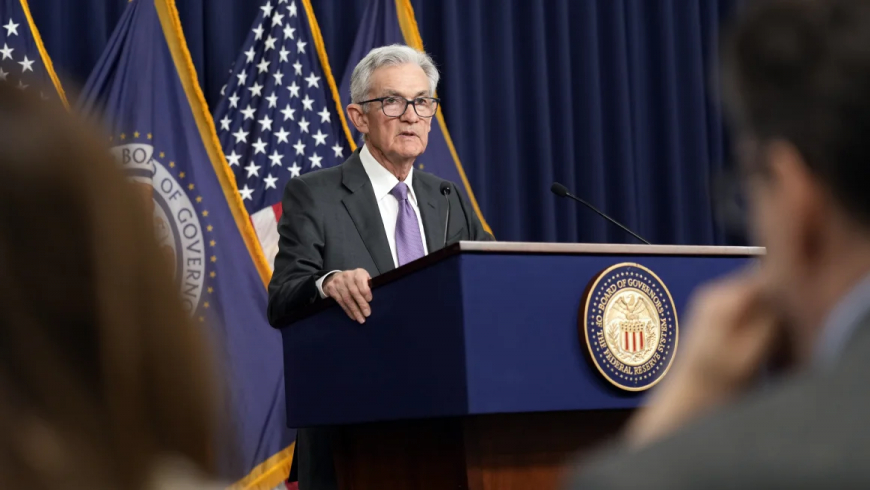Here’s why the Fed doesn’t see a US recession in coming years
Here’s why the Fed doesn’t see a US recession in coming years

America’s central bank doesn’t see any signs of a recession on the horizon. Not this year nor the year after.
The Federal Reserve’s policymaking committee of 19 officials released a new set of economic projections last week, showing that they now expect economic growth in 2024, 2025 and 2026 to be even stronger than they previously thought.
That optimism seems to be the consensus among analysts, including Goldman Sachs’ chief economist: The ruthless economic pains of a recession, such as mass layoffs and tepid consumer spending, probably won’t happen anytime soon.
“The economy is strong, the labor market is strong and inflation has come way down,” Fed Chair Jerome Powell said Wednesday.
Corporate earnings have been robust, the stock market continues to break record after record and America might be in the thick of a productivity boom that could boost growth without stoking inflation.
And even though interest rates are at their highest levels in two decades, the economy continues to display remarkable resilience. Economists say that strength could persist through the coming years.
Fed officials continue to expect three rate cuts this year but the days of ultra-low interest rates are long gone. Interest rates will eventually settle down at levels well above the near-zero rates seen before the Fed began to hike in 2022.
But economists say that won’t present any problem for the sturdy US economy.
“A lot of my peers are calling it higher-for-longer, but it’s really stronger-for-longer,” Mike Skordeles, head of US economics at Truist Advisory Services told.
US gross domestic product, the broadest measure of economic output, registered at a strong 3.2% annualized rate in the fourth quarter. That was after a gangbusters 4.9% rate in the prior three-month period. The Atlanta Fed is currently projecting that the economy expanded at a 2.1% rate in the first three months of 2024.
Fed officials estimate that growth in 2024 overall will hit 2.1%, then 2% in each of the following two years.
The job market, a key driver of growth, also remains on strong footing. It’s seen a gradual, orderly slowdown from the red-hot pace in 2021, when the labor market ascended from pandemic depths, but unemployment remains low and payroll growth is still humming along.
Employers added 275,000 jobs in February, and the unemployment rate edged higher to 3.9% from 3.7%, but it has remained below 4% for more than two years. Jobless claims, a proxy for layoffs and often seen as the earliest indicator of any changes in the job market, remain at historically low levels.
Skordeles said the economy is expected to remain solid because of “better productivity than we had prior to the pandemic” and “structural changes in the workforce.”
But as rosy as the outlook may be, any unforeseen economic shock could derail growth and lead to a downturn. One risk is the possibility that inflation’s descent does indeed stall.
“We do believe that the recession risk has come down,” Stephanie Lang, chief investment officer at Homrich Berg told. “But the big wild card, of course, is if we get some surprise on the inflation data that the Fed and the market were not expecting.”
“If that happens then the Fed will be more tilted toward fighting inflation, so they may be in a situation in which they keep rates restrictive for too long, causing economic growth to come down too far, leading to a recession,” she said.

 Phương Nhung
Phương Nhung 





